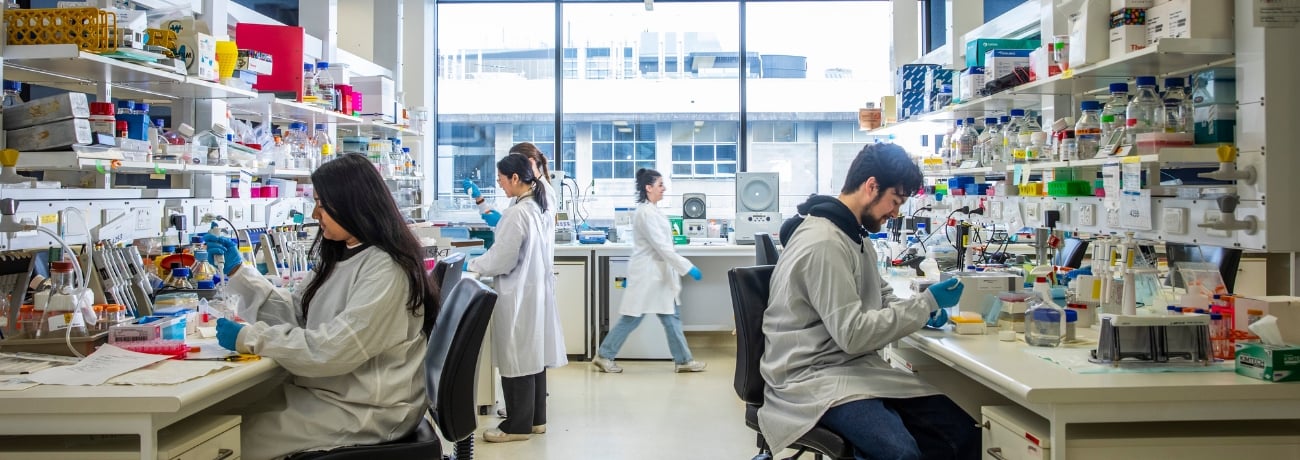Examining the interplay of mitochondrial function and lipid metabolism in glioma pathogenesis
Gliomas, the most common and deadly brain tumors, arise from glial or glial progenitor cells in the central nervous system. Glioblastoma (GB), the most malignant glioma, exhibits rapid proliferative, infiltrative and invasive biological characteristic.
Despite the considerable therapeutic progress achieved in neurosurgery, radiotherapy and chemotherapy, GB remains an incurable disease because of its radio-resistance and the difficulty of drug delivery across blood-brain barrier.
Recently, isocitrate dehydrogenase (IDH) mutations have been employed as significant prognostic biomarkers showing favourable outcomes for patients with mutated IDH (IDHmut) compared to glioma patients with wild-type IDH (IDHwt). Consequentially, the median survival time of GB patients with IDHwt is 1.1 year and 3.7 year for patients with IDHmut.
A comprehensive characterisation of GB biology, especially IDH, and exploring other effective molecular targeted therapies that could improve the diagnostic accuracy and individualised treatments is of utmost importance.
Aim
- Investigate the altered mitochondrial function and lipid metabolism in glioma focusing IDH1-mutation.
In this project, we will use
- genome modification (CRISPR/CAS9, virus-induced overexpression system)
- cell culture (cell lines)
- immunocytochemistry
- high resolution microscopy imaging
- FACS cell sorting
- molecular biological techniques (Western Blot, Immuno Precipitation, quantitative RT-PCR).
Research team
Supervisors
Members
Research group
Apply to take part in this project
Student applications
Students who are applying to study at The Florey can register their interest in this project. Refer to our step-by-step guide to help you with your application.
Contact us
If you’re interested in learning more about this project please contact our team.
